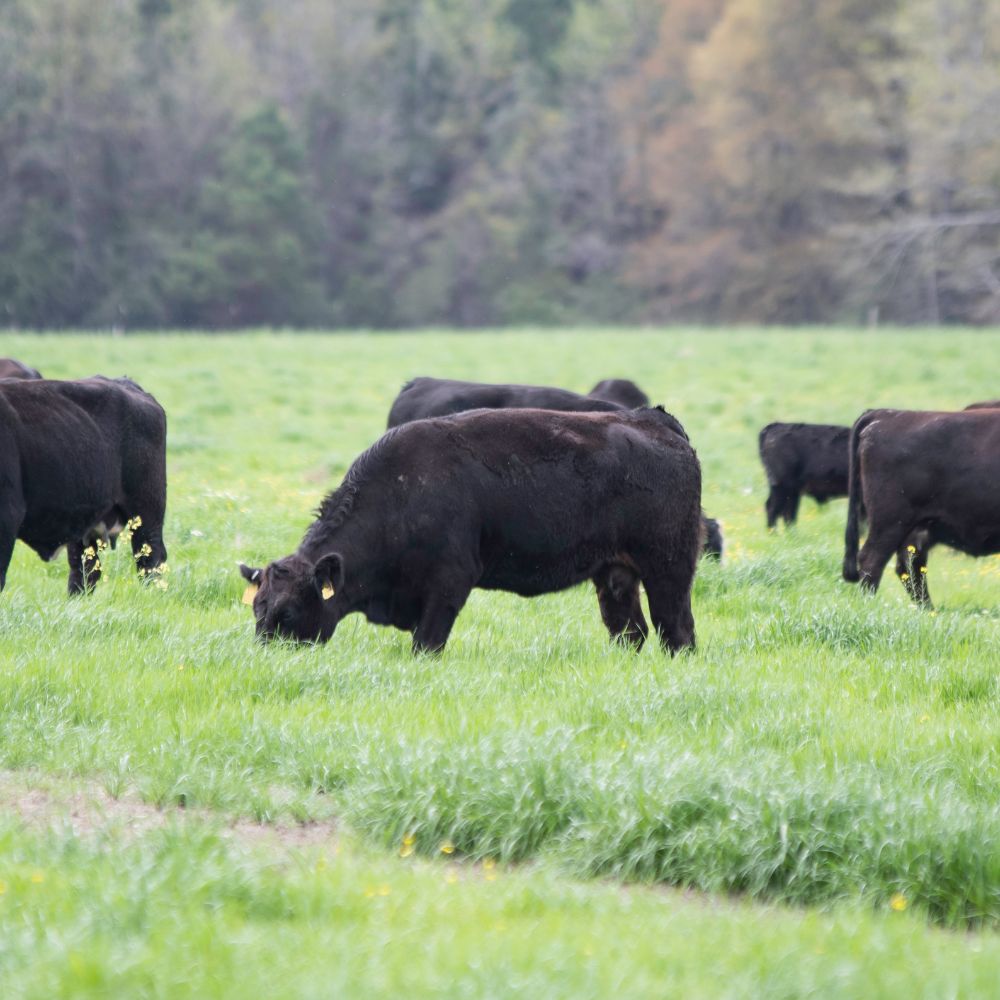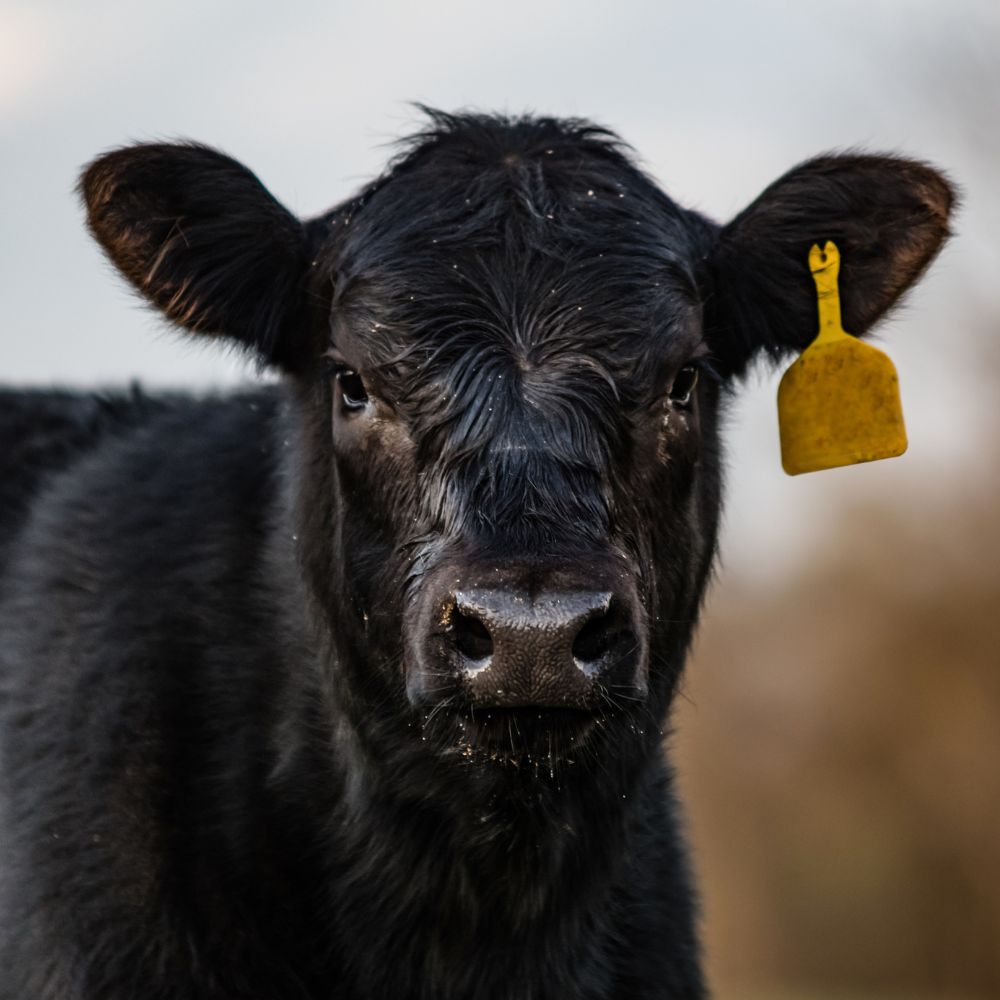The 4-Minute Rule for Bagley Risk Management
Some Known Details About Bagley Risk Management
Table of ContentsSome Known Factual Statements About Bagley Risk Management The smart Trick of Bagley Risk Management That Nobody is DiscussingThe Of Bagley Risk ManagementTop Guidelines Of Bagley Risk ManagementSome Known Incorrect Statements About Bagley Risk Management
This method, if rates do go down listed below that break-even point by the end date, insurance holders are secured against a loss. This is extremely comparable to the means feedlots operate, though they utilize a typical hedge. Once a breeder agreements their cattle with a feedlot, they hedge those livestock to lock in the revenue factor.This will be countered by the raised worth of the cattle., ranchers secure against a decline in the futures board, yet do not lose out on the higher return when prices go up.
They do this by selecting a reduced percent of the predicted finishing worth - Rma LRP. This is a wonderful approach for those searching for lower premium prices or that have a greater risk tolerance because of solid financial health and wellness. This approach might not secure earnings, however it can secure against major market declines
There is not a great deal of security or insurance coverage on a month-to-month basis, but if there is a major mishap, manufacturers have the assurance that originates from knowing they will only be in charge of a particular quantity expense. Simply keep in mind, wish for the most effective but prepare for the worst.
The Of Bagley Risk Management

Using LRP as protection for backgrounded livestock, or livestock on feed, assists minimize that risk by securing the expected worth of the animals. Feeder cattle can be hidden to a 900-pound predicted end weight and fed livestock can be concealed to a 1,400-pound end weight. With several weight courses to select from, it is feasible to cover pets through the barnyard to the packer rail.
Applications can take several days to procedure and merely loading one out does not lock the candidate into a policy. As soon as the application is authorized and ready, the LRP recommendation, with its end date and predicted ending worth, can be secured quickly. This enables ranchers to cover calf bones when the price is ideal for their market threat management objectives.
Image Courtesy USDA-NRCS Rates for calves, feeder livestock and finished livestock have established some new records this autumn and very early winter. A mix of situations has actually sped up these historic rates. There is currently a whole lot of cautious positive outlook on the part of cow-calf producers as they consider the future.
More About Bagley Risk Management

There are some benefits to producers in making use of LRP insurance policy as compared to a typical feeder livestock contract or purchase of an alternative - Livestock risk protection calculator. One is the adaptability in the number of cattle that can be guaranteed. There is no lower limit to the number of livestock that can be insured
There is no responsibility to sell cattle on which you have purchased LRP Feeder Livestock coverage. You may select to retain ownership and still be eligible for the indemnity must the Actual End Value fall listed below your Insurance coverage Price. You might market livestock covered by LRP any time, provided the transfer of possession does not occur more than 60 days before the LRP Agreement End Day.
If cattle die and your Ag, Risk Consultant is informed within 72 hours of you finding out of the death, the insurance coverage remains effectively, and the producer is qualified for indemnities because of cost loss, also on those animals which perished. Yes! Calf bones can now be covered before hooves hit the ground.
Some Known Incorrect Statements About Bagley Risk Management

Action 1) Full an application. Applications make certain first-time clients can be pre-approved to write an LRP policy It is free! Action 2) Lock in an Unique Coverage Recommendation (SCE) when you find a quote that meets your objectives. There are numerous degrees of quotes that are released day-to-day making this a very flexible item that will fit any kind of producer.
We are here for you. Together, we're better. With each other, we'll safeguard your investment.
With the perpetual change and changability of the market, Animals Danger Defense (LRP) is something all livestock producers should think about. The check over here key purpose of LRP is to shield against the unforeseen descending rate movement in the market by establishing a base upon any type of offered day and type of cattle you wish to guarantee.
Rumored Buzz on Bagley Risk Management
There are a range of protection level alternatives varying from 70 to 100 percent of the anticipated finishing worth (https://bagleyriskmng.edublogs.org/2024/02/06/unveiling-the-secrets-of-lrp-insurance/). At the end of the picked insurance period, if the actual ending value is listed below the coverage price, you will be paid an indemnity for the difference in rate. Manufacturer anticipates to market 1,000 head of 11cwt livestock and picks coverage of $66
As of 2020, LRP (Livestock) is currently available in all states when the market is available. 1. Feeder Cattle with ending weights under 600lbs or 600lbs-900lbs, and 2. Fed Cattle with ending weights between 1,000lbs-1,400 lbs that will be marketed for massacre near the end of the insurance policy period. whereas livestock insurance coverage does.